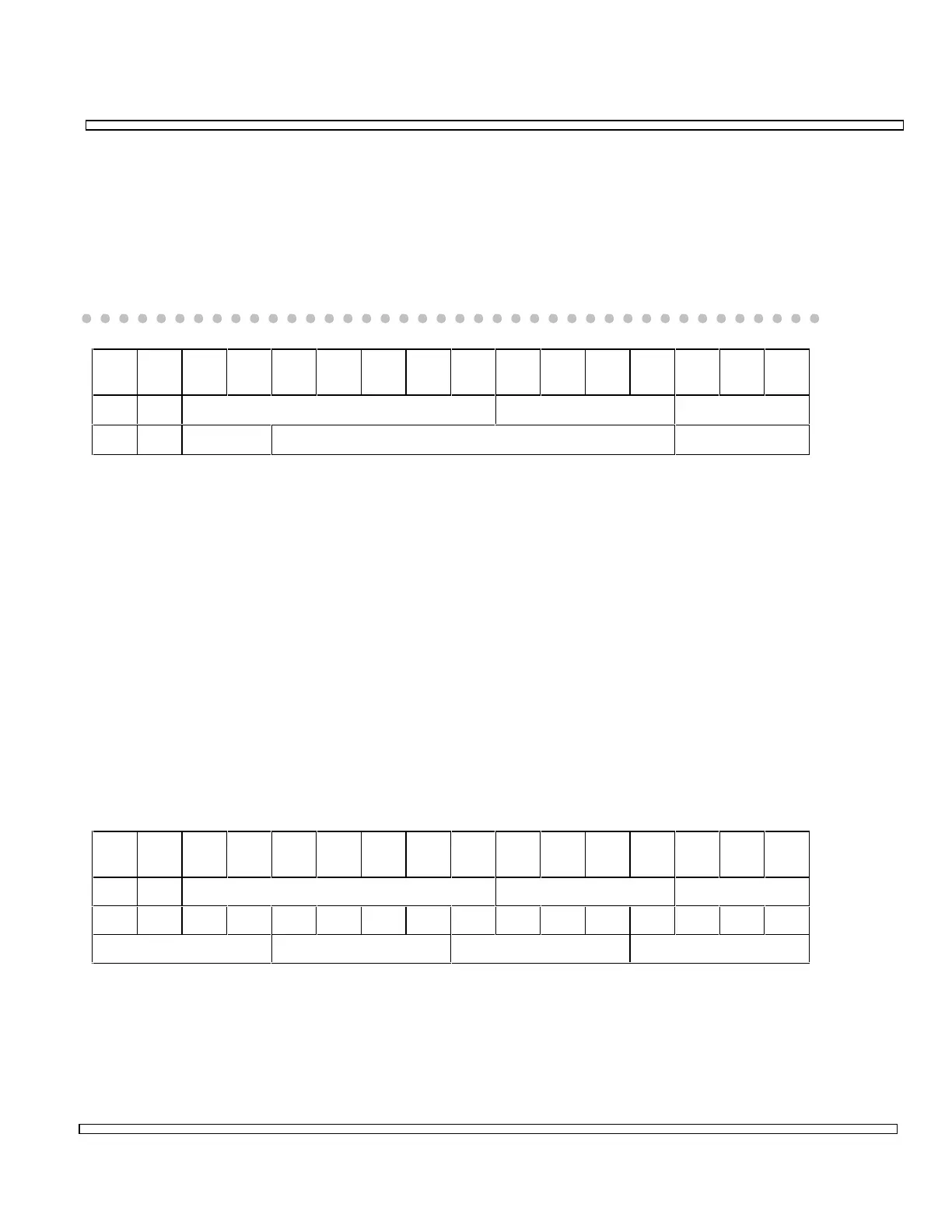6-99
SECTION 6
OPTIONS
6-15-2 SYSCODE CALCULATION
The system codeword is used when generating control channel signalling as a system
identifier. When testing Radio Units, the correct SYSCODE allows the RU under test to
go into service.
The SYSCODE is actually constructed from a number of different fields. The codeword
is 15 bits long with the most significant bit (B15) = 0.
B1
5
B1
4
B1
3
B1
2
B1
1
B1
0
B9 B8 B7 B6 B5 B4 B3 B2 B1 B0
00OPID NDD LAB
01OPID NDD LAB
B14 specifies whether the network is termed a National Network (1) or a Regional
Network (0). Depending on the setting of the Network type, the length of the OPID field
is either 7 bits or 2 bits and the NDD field 4 or 9 bits. The LAB field is normally set to
001 to allow any category radio unit to access the system.
The NDD field generally contains a site identifier number for a multiple site network.
The easiest way to construct the SYSCODE is to convert each field into binary with all
leading zeroes to complete the field width, then create a 16 bit hexadecimal number
converting each four bits into a hexadecimal character 0-9, A-F.
Example: A Radio Unit is programmed for a regional network, OPID=50, and has access
authorization for site area 1.
OPID = 94 decimal = 1011110 binary
NDD = 1 decimal = 0001
LAB = 001 SYSCODE = 2F09
B1
5
B1
4
B1
3
B1
2
B1
1
B1
0
B9 B8 B7 B6 B5 B4 B3 B2 B1 B0
00OPID NDD LAB
0010111100001001
2F09
In many instances where the Radio Unit has unlimited access, authorization NDD may
be set to any value.
